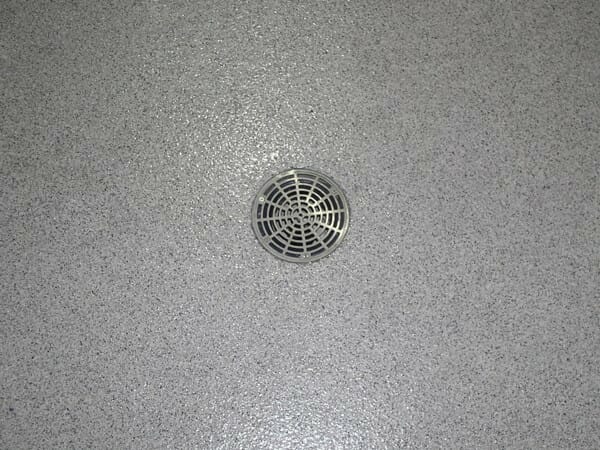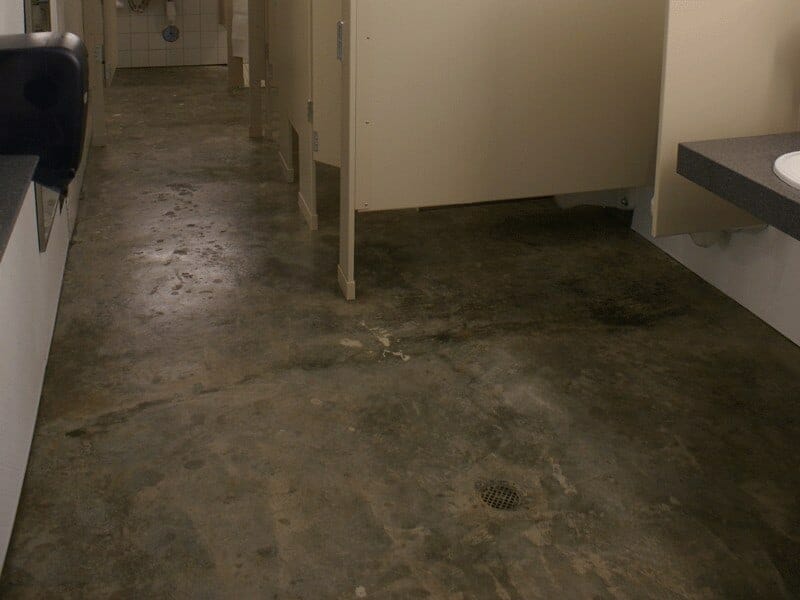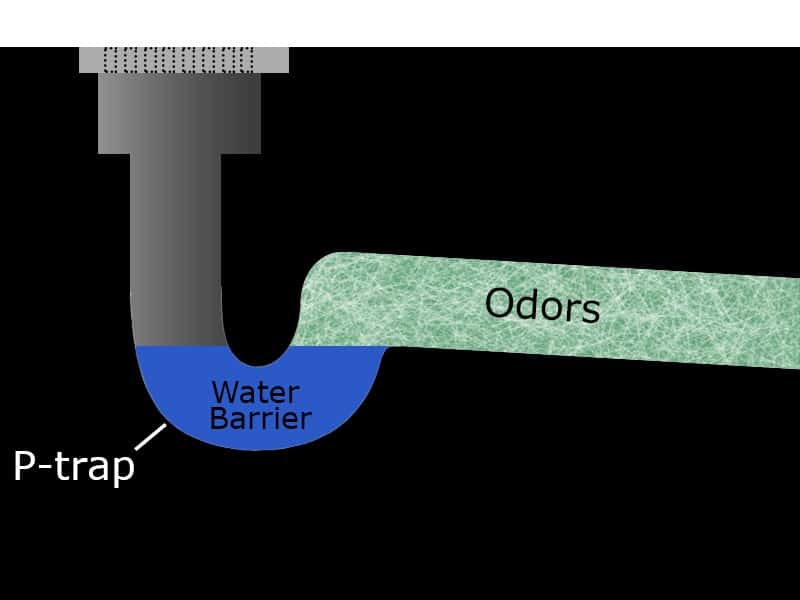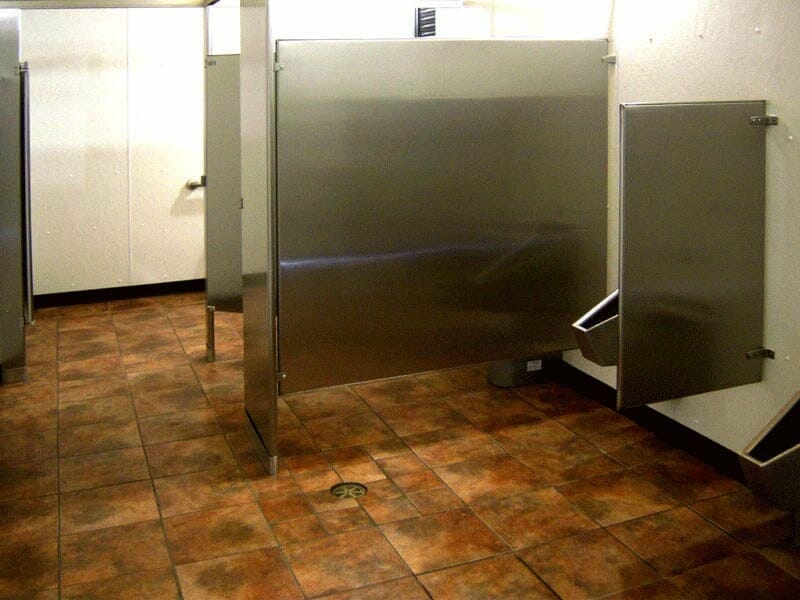Romtec has designed, manufactured, and installed restrooms for nearly 40 years. Our experience provides our customers with many options that can improve the functionality and maintenance of a restroom building. One option in many restrooms offers a lot of advantages, but it often goes overlooked. This option is the floor drain. These features are not splashy, and most users won’t even know that there is one in the restroom. However, adding floor drains can make any restroom better.

Floor Drains as an Easy Maintenance Solution
Floor drains are typically an aspect of maintenance, first and foremost. The most immediate service that comes to mind is cleaning. They make cleaning a restroom much easier because surfaces can be easily washed and rinsed while the water drains from the room. The additional benefit of this is that standing water can damage flooring and can also cause unsightly staining that can create an unhygienic appearance. They can prevent stains and can allow some stains to be removed and cleansed. Visible drains, however, are only part of the issue.
One of the biggest issues that can occur in a public restroom is the build-up of odors. This can make a restroom seem both unpleasant and unsanitary for users. Floor drains combat this is a couple of ways. First, floor drains make cleaning restroom surfaces easier. Frequent cleaning of restroom surfaces prevent the build-up of odors, and floor drains allow these elements to be washed away. Second, good floor drains are typically designed to keep unpleasant odors from entering the restroom through the drain.

Benefits of the P-Trap Feature on a Floor Drain
Most floor drains are designed with a feature called a P-trap because it is shaped roughly like the letter “P” turned on its side. This feature is simply an elbow in the drain pipe that fills with water. When water goes down the drain, the water in the elbow flows down the pipe and is replaced by new water entering the drain. The P-trap creates a water barrier that prevents odors from venting up the pipe into the restroom through the drain. This device is also found on most sinks and all toilets. In addition to the P-trap, good floor drains will also have a trap primer.

The Function of a Trap Primer
Trap primers comprise a valve and a small water line that link pressurized water pipes to floor drains. Typically, trap primers are installed on water lines that feed toilet tanks. The function of a trap primer is to take a small amount of clean water each time a toilet is flushed and divert it to the floor drain. This small amount of water keeps the P-trap full with clean water. Floor drains can collect dirt and bacteria that can lead to bad smells if left alone. A more frequent problem is that they are not frequently used, so water in the P-trap can evaporate out, allowing odors to vent up through the drain. In either case, the trap primer keeps clean water in the P-trap to prevent any odor or maintenance issues.

Floor drains are fairly straight forward features, but as with many things, getting them done correctly provides clear advantages. When floor drains are installed poorly, it can create an unpleasant room that is more difficult to maintain. Simple features like P-traps and trap primers have many advantages and don’t add a lot of cost to a building. They also might be required by local building departments. Romtec designs, supplies, and constructs buildings every day, and even small features like floor drains are important to the long term success of a restroom building. Contact Romtec today to learn more about our building products and the services you can get on your project.






